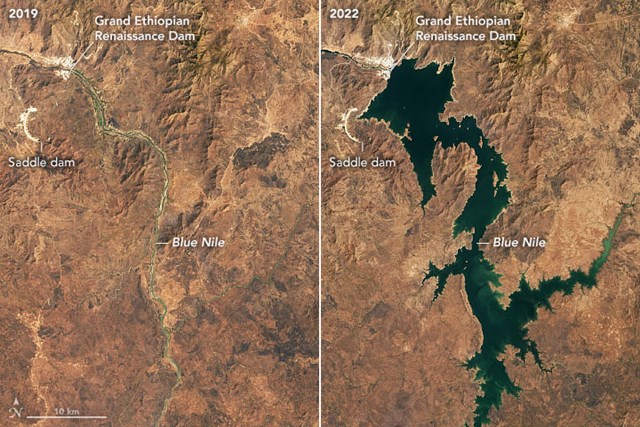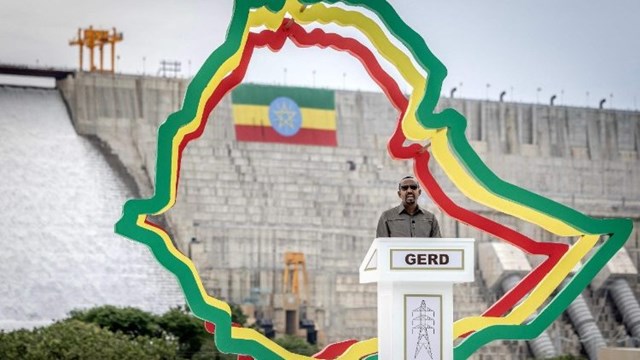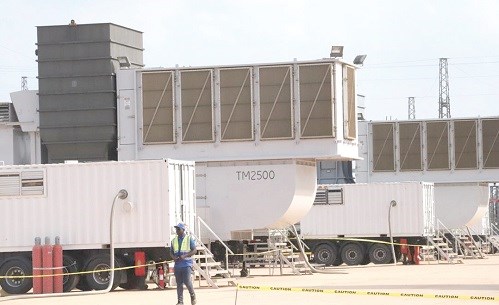In a landmark moment for Africa’s energy future, Ethiopia has inaugurated the Grand Ethiopian Renaissance Dam (GERD) on the Blue Nile — a project that promises to reshape the country’s economic landscape while intensifying a long-standing regional water dispute.

Background & Scale
-
Located in the Benishangul-Gumuz region of Ethiopia, near the border with Sudan, the GERD is a massive roller-compacted concrete gravity dam built on the Blue Nile River.
-
The dam’s dimensions underscore its ambition: approximately 1,800 m in length, up to 170 m in height, and a reservoir with a surface area of about 1,875 km² and storage capacity around 74 billion m³.
-
With an installed hydroelectric capacity of around 5,150 MW, it is now the largest hydropower plant in Africa. Foreign Policy Research Institute
-
Construction began in April 2011, and after successive phases of filling the reservoir and installing turbines, the dam reached completion and was formally inaugurated in September 2025.
Purpose & Domestic Significance
-
Ethiopia has long grappled with power shortages and the need to accelerate industrialisation and rural electrification. The GERD is central to its strategy of achieving energy self-sufficiency and becoming a regional electricity exporter.
-
Beyond energy, the dam is a symbol of national pride and economic ambition — a tangible demonstration of Ethiopia taking control of its water resources and charting its own development path.
Financing & Community Participation
-
One distinctive feature of the GERD is the high level of domestic contribution: Ethiopians were encouraged to invest via bonds, donations and national mobilisation. External financing was limited, in part because of the geopolitical sensitivities around the Nile. >
-
This has given the project deep popular resonance: the dam is not just infrastructure, but a collective national endeavour.
Regional Tensions & Geopolitical Dimensions
-
While Ethiopia views the dam as a key to its future, downstream neighbours — particularly Egypt and Sudan — view it with apprehension. Their concerns centre on water flow reductions, especially in drought years, and a perceived lack of legally binding agreements governing the dam’s operation.
-
Egypt has warned that its water security is at stake, given its heavy reliance on the Nile. On its part, Ethiopia insists that the dam will not harm downstream nations and remains open to cooperation.
-
The GERD has therefore become a focal point in Nile basin diplomacy, raising fundamental questions about water rights, historic treaties, and equitable sharing in the 21st century.
Environmental, Social & Engineering Considerations
-
The scale of the project comes with engineering, environmental and social challenges. For example, sedimentation management, ecosystem impacts downstream, displacement of communities and ensuring safe operation of large-scale infrastructure have been flagged by analysts.
-
Some critics have argued that the power output-to-river-flow ratio suggests the dam is “oversized” relative to the natural flow regime — a debate over cost-effectiveness and optimal design.
What Happens Next
-
Ethiopia aims to integrate the dam’s output into its national grid and increase electricity exports to neighbouring countries in the region.
-
Diplomatic efforts will continue to be critical: how the dam is operated during periods of low flow or drought will determine whether the GERD becomes a model of cooperation or a source of continued friction.
-
Domestically, translating the promise of the dam into widespread access to electricity, economic development, job creation and social benefit will be a key test of its long‐term success.

The Grand Ethiopian Renaissance Dam stands as a monument to ambition — a bold attempt by Ethiopia to harness one of Africa’s great rivers for transformation. But as with all grand infrastructure, its legacy will not be measured solely in turbines spun or water stored, but in how effectively the country leverages the dam to electrify lives, foster cooperation, and manage the complex web of geography, diplomacy and resources it sits within.
Source:




 Excellent
Excellent









Leave a Comment